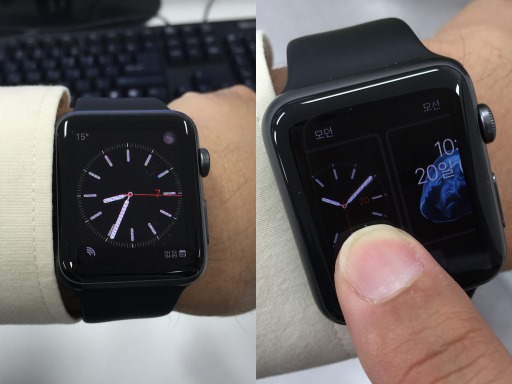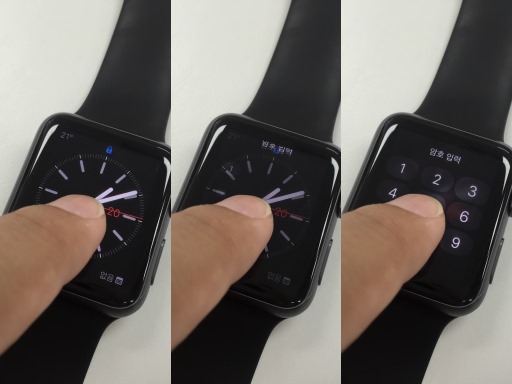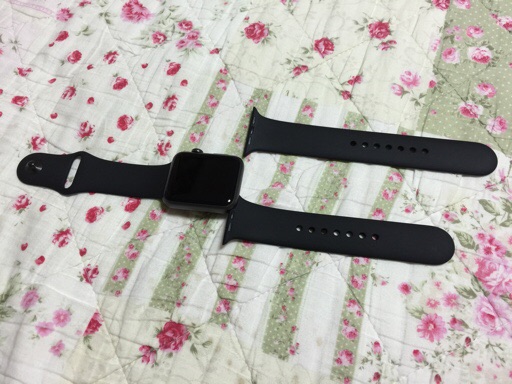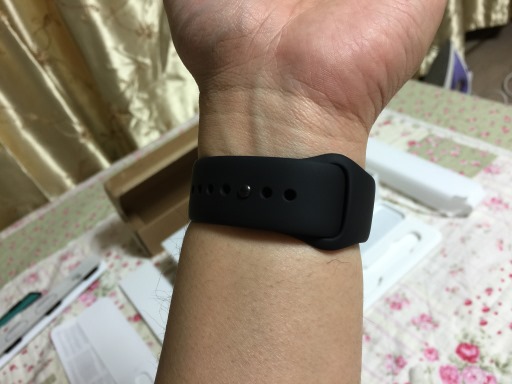Basic screens & buttons of the Apple Watch
Posted by Wesley on
You can select from 10 watch faces and customize the complications
Apple Watch can do many things, but it is first a wristwatch. Naturally, the watch face is the default screen of the device. It is customizable, but in order to do so you need to know a new touch screen interaction method called Force Touch. Basically, you press on the screen as if to push a stiff button. Once you do that on the watch face, you can browse through ten choices which includes various analog, digital, and celestial faces.
After choosing a watch face, it can be further customized. The complications around the time display can be set to show various information, which includes the day of the month, upcoming schedule, temperature, workout progress, and the phase of the Moon. Some of the elements of the watch can also have their colours changed and the styles of some of the analog faces can be altered.
At the time of the writing, 3rd party custom watch faces cannot be loaded into the watch. But the UI seems to suggest that this may become possible in the future; you can add or subtract the existing choices. Having ten choices with varying levels of tweaking might not leave a massive amount of choices, but at least they are pretty solid ones that can get you by for the time being.

Touching the screen when Apple Watch is locked
I've talked about the locking of the watch previously. This happens if you set up a passcode and the device is removed from your wrist. As long as it's on your wrist, it assumes that the user is the rightful owner and stays unlocked.
If it does get locked, the time telling functionality is the only thing that remains functional. Attempting any interaction results in prompting for the passcode as you can see here. You can either enter the correct passcode, or unlock the paired iPhone to authenticate your identity and regain normal functionality.
Currently, like the rest of the wristwatches or smart watches, Apple Watch lacks an activation lock that prevents anyone stealing it from resetting it and using it as one's own. However, the passcode and lock should guard your personal information from someone trying to peek through the device.




